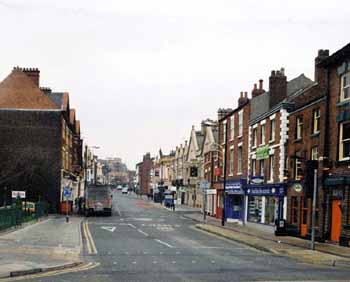Shearston Walk: Difference between revisions
No edit summary |
No edit summary |
||
| Line 8: | Line 8: | ||
W_location=[[Stroude Bank]]|W_color=Bank| | W_location=[[Stroude Bank]]|W_color=Bank| | ||
This_location= Shearston Walk|location_color=Street| | This_location= Shearston Walk|location_color=Street| | ||
E_location=[[ | E_location=[[the Horner Building|the Horner Building]]|E_color=Building| | ||
SW_location=[[Yelling Street|Yelling Street]]|SW_color=Street| | SW_location=[[Yelling Street|Yelling Street]]|SW_color=Street| | ||
S_location=[[ | S_location=[[the Paull Building|the Paull Building]]|S_color=Building| | ||
SE_location=[[Bassence Row Fire Station|Bassence Row Fire Station]]|SE_color=Fire Station}} | SE_location=[[Bassence Row Fire Station|Bassence Row Fire Station]]|SE_color=Fire Station}} | ||
Latest revision as of 11:07, 6 September 2009
| Shearston Walk
Shore Hills [32,51]
Basic Info:
|
Description
Shearston Walk was a quiet neighborhood before the outbreak, and still is, as all the inhabitants have either fled or been eaten. Shearston walk is so named for a Civil War General by the name of Robert J. Shearston. Shearston was know to have been fierce on the battlefield, and is thought to have died charging a Confederate cannon battery as it fired on his horse. He is said to have exploded into "A million pieces" as one soldier said as he saw his general die, but the sword is said to have flown out of his hand and stabbed a Confedate soldier through the throat.
History
Shearston Walk is a neighborhood in Shore Hills that used to be home to a number of Polish immigrants. They reflected their homesickness in the architecture of the buildings as can be seen below in the picture. After the outbreak, a number fled, and a number stayed behind to help defend Shore Hills.
Uses as of the moment
None as of the current time.
A Picture
A picture of the street, pre-outbreak. None exist of it post-outbreak.
